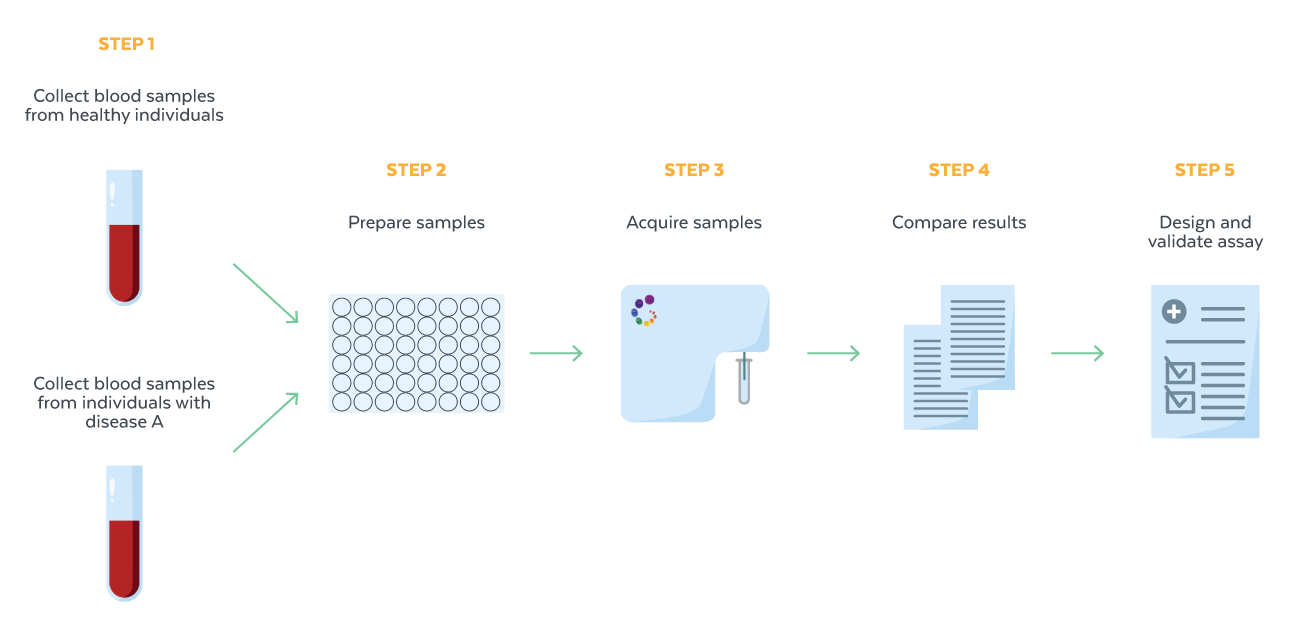Why is Immunoprofiling Important?
Quantitatively capturing a glimpse of an organism’s immune system provides useful information for many applications. This concept of immunoprofiling is vital for biomarker discovery for cancer therapeutics, understanding diseases by comparing immune phenotypes of healthy individuals with diseased, determining vaccine efficacy, and more.
Flow cytometry is a key immunoprofiling tool evidenced by its growing adoption and use by researchers. As the multiplexing capabilities of flow cytometers like the Cytek Aurora® continue to expand to 40 parameters and beyond, more complete immune system snapshots are obtained.
Number of Immunoprofiling Publications Using Flow Cytometry

Take your immunoprofiling applications deeper with the Cytek® Aurora.
Immunoprofiling for Monitoring Immune Response to Cancer Therapies
A patient’s immune system can be monitored to determine if the treatment they are receiving is working to eliminate their disease. A blood or bone marrow sample is collected from the patient before treatment begins. Part of the sample may be cryopreserved for later comparisons, and part is prepared and evaluated with a flow cytometer to assess the types and amounts of immune and cancer cells present in the patient’s system.
After treatment begins, post-treatment samples are collected at regular intervals, processed, and evaluated using the same flow cytometry approach. Effective treatments lead to a decline, and hopefully eradication, of the cancer cells, while allowing normal immune cells to survive and replenish to healthy numbers.

Related Links
Understanding Disease States with Immunoprofiling
Immunoprofiling is an efficient way to obtain detailed information about an individual’s immune cells. If a sufficient number of healthy individuals are immunoprofiled, knowledge of what cells compose a healthy immune system is established.
Similarly, when enough individuals with a particular disease are immunoprofiled, knowledge of what immune cells are critical for individuals with that disease is established and can subsequently be compared to healthy immune profiles to find meaningful differences. Once these differences are known, new diagnostic tests can be developed to quickly determine if an individual may have the disease or not.
One example of using immunoprofiling as a diagnostic tool is to test individuals for HIV. A strong indicator of this disease and its progression is CD4+ T cell counts. These counts can be determined after collecting a blood sample from an individual, preparing the sample, and processing it through a system like a flow cytometer to obtain the CD4+ T cell count.

Learn how the Cytek Aurora is taking immunoprofiling to new levels.
Submit this form to access the webinar
Complete the fields below to view the webinar Meet the cFluors. Check the consent boxes at the end of the form to receive additional communication from the Cytek Biosciences team.
